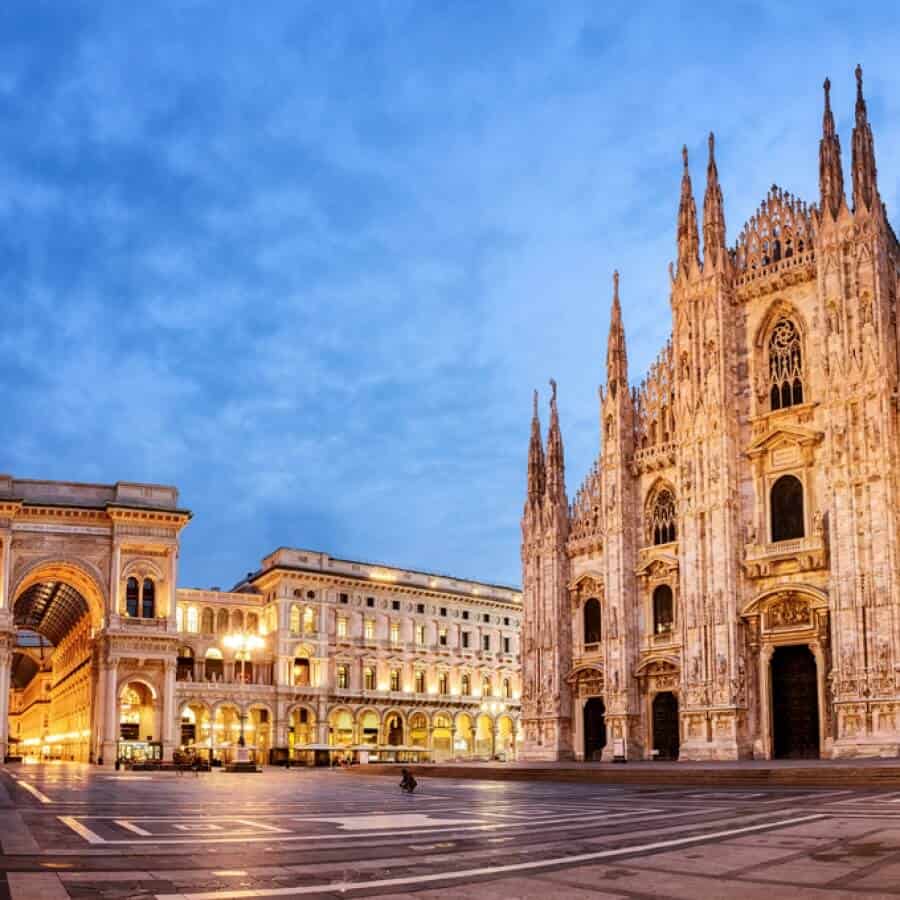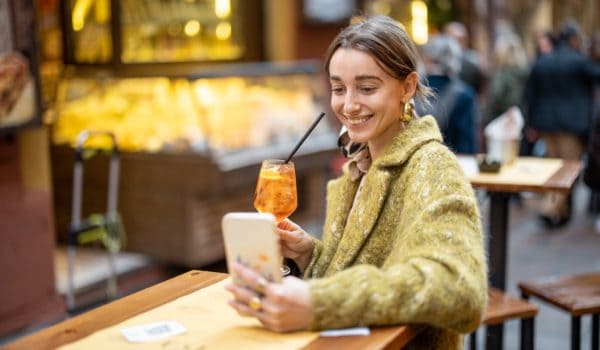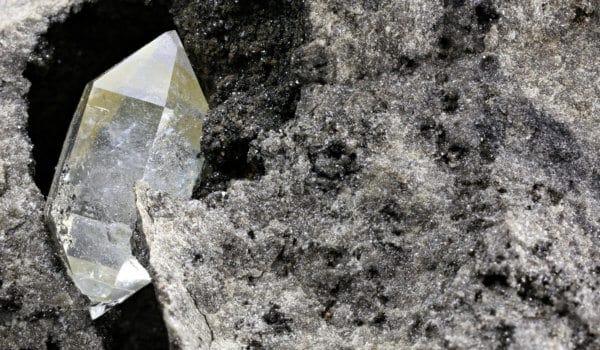What do you know about Milan? In a few words: fashion, design, incredible Italian gastronomy, Leonardo da Vinci's Last Supper, and the Duomo di Milano. But we will let you in on a little secret: Milan is a real pleasure to explore. But first, go to these four museums to enjoy Italian art and history. It’s a real feast for the eyes and an inspiration for your mind! All these museums are located in the center of Milan, so you can combine visiting them with the other main attractions and even shopping.
Discover Museums in Milan
Museo Morando
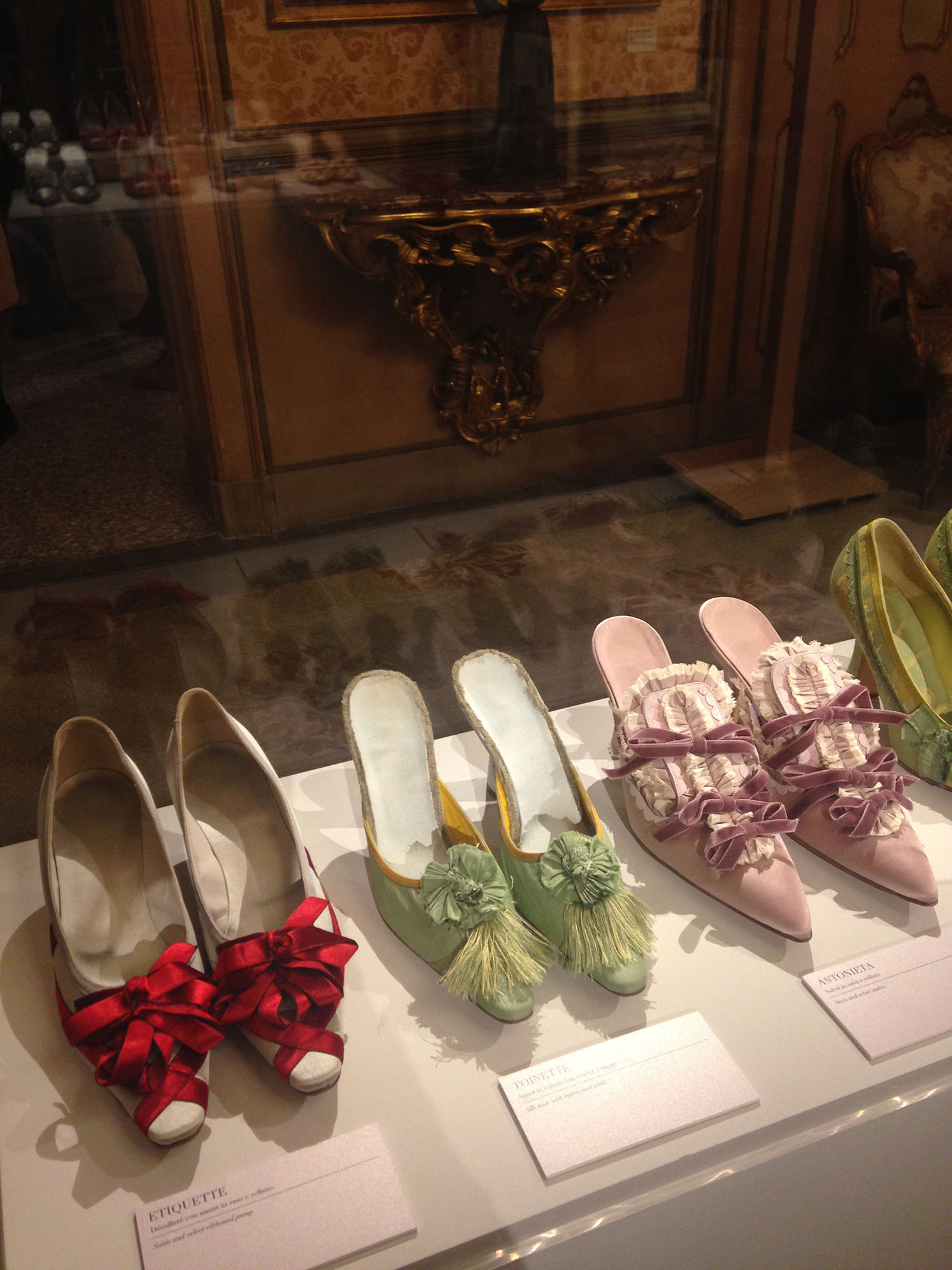
The Palazzo Morando is one of the four best museums in Milan, located in the heart of Milan’s fashion district, on Via Sant’Andrea, close to the famous Via Montenapoleone.
The Palazzo is an elegant 16th century building, beautifully decorated with elegant arcades and mosaic floors.
The building evolved with the needs and the tastes of the different families who lived here between the 16th and 19th centuries, often changing its appearance and its furnishings.
That’s why the Palazzo is packed with a rich collection of antique objects, sculptures, period costumes, and paintings.
And also, thanks to the recent Costume Moda Immagine installation, Palazzo Morando has gained fame as a Milanese art gallery and has attracted a huge number of visitors who adore fashion.
In addition to the permanent exhibitions, Palazzo Morando also hosts temporary ones such as “Manolo Blahnik. The art of shoes” (until the 17th of April), «Ricami Di Luce.
Sequins in fashion – 1770-2004» ( until the 2nd of July) and «Atelier Rosa Genoni» exhibition (also until the 2nd of July).
La Vigna di Leonardo
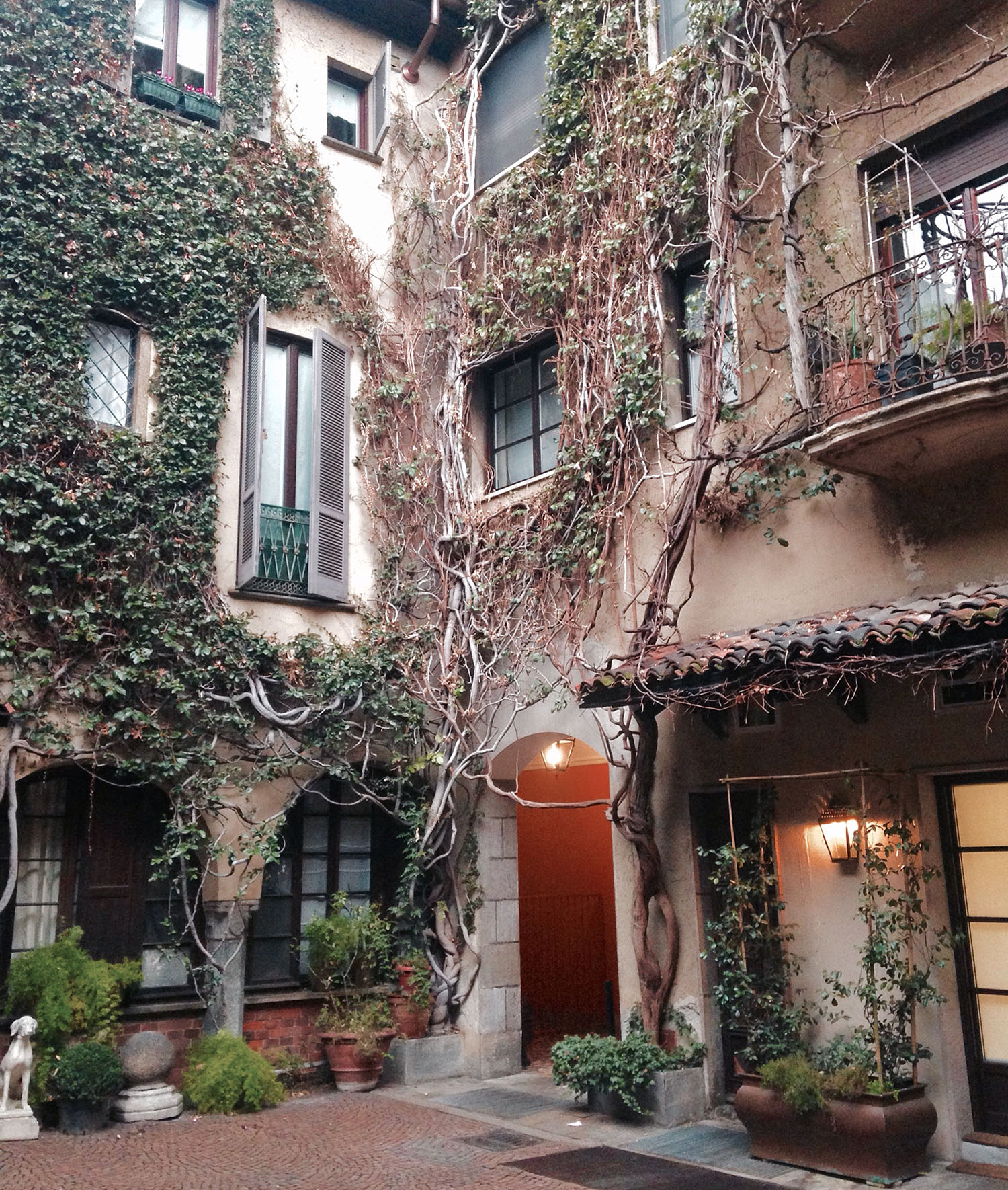
La Vigna di Leonardo is a new museum (first opened to the public on the occasion of Expo 2015) which lies just a short distance from the Church of Santa Maria delle Grazie, where Leonardo painted The Last Supper.
Leonardo da Vinci, Tuscan by birth, was a man who knew and liked wine, because his family were in the business.
An old story holds that the Sforza family gave Leonardo the property’s vineyard in 1498 (as part of his payment), and this is where he spent time during his work on the famous fresco.
Recently, some roots from the original vineyards were found in the garden, which was destroyed by Allied bombing in World War In 2015, through research and genetic analysis, the old vineyard was recreated in the gardens of the Atellani House.
Add this place to your “must see” list, and be sure to visit in the summer, when the garden will be filled with blossoming trees.
And don’t miss the cozy courtyard filled with potted plants, statues, and bicycles.
The true spirit of Milan!
Bagatti Valsecchi Museum
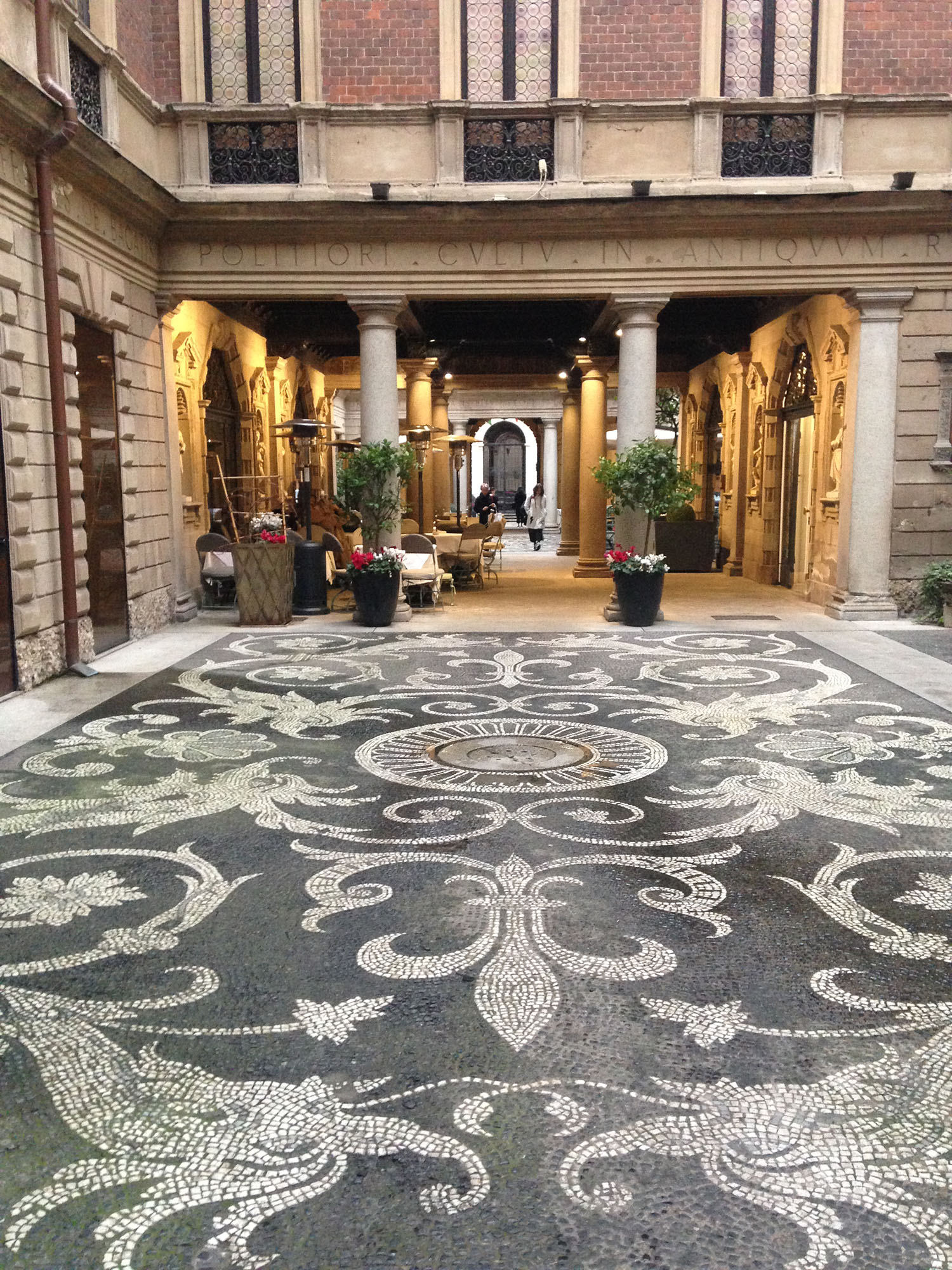
Palazzo Bagatti Valsecchi is one of the finest house museums in Europe.
It is now a private foundation, set up by the Bagatti Valsecchi heirs to open the family’s late 19th century residence and collections of artworks to the public.
Two brothers – barons Fausto and Giuseppe Bagatti Valsecchi – decided to build their house in 16th-century Italian neo-Renaissance style.
In 1883, they completed the faсade of their new palazzo and then furnished the interior with antique objects, artworks, and other decorative items.
The collection includes valuable pieces such as a carved wooden bed made in Valtellina, an unusual collection of fireplaces, a painting of Saint Giustina Borromeo by Giovanni Bellini, weapons and armour, ceramic and glass ware, ceiling friezes, and tapestries.
The Bagatti Valsecchi museum belongs to the Circuit of Historic House Museums of Milan and has been open to the public since 1994.
Near the entrance to the Museum, note the tile-floor layout that leads directly into the cosy restaurant.
A cup of coffee is always a good idea in Italy!
Museo Poldi Pezzoli
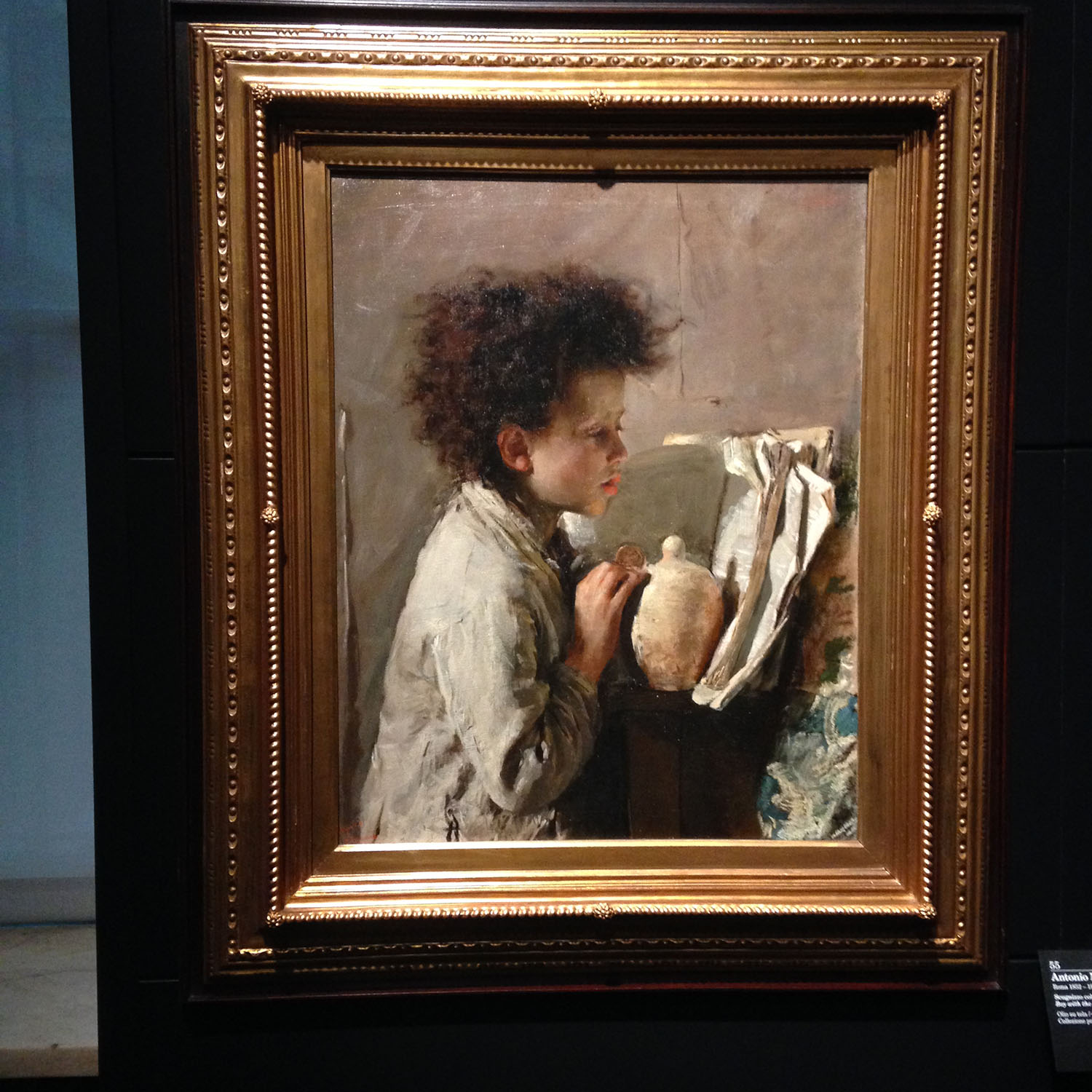
The museum, which was originally a real home, belonged to young aristocrat Gian Giacomo Poldi Pezzoli and contains an important Italian Renaissance art collection.
The collection includes paintings, armour, rugs, jewels, textiles, lacework, furnishings, sundials, sculptures, and Murano glass.
A close look at the walls reveals additional important works of art.
Particularly worthy of attention are the Portrait of a Woman by Pollaiuolo – the hallmark and symbol of the museum.
And also St. Nicholas of Tolentino by Piero della Francesca, Botticelli’s Madonna and Child and Lamentation, a Madonna and Child by Andrea Mantegna, and Giovanni Bellini’s Pietà.
One of the museum’s highlights is the armory, a magnificent hall with a large variety of weapons and armour.
A further attraction is the Jewellery Room, with a collection of precious jewellery and goldsmithery from antiquity to the 19th century.
Gian Giacomo died in 1879 leaving his palace and his works of art to the Brera Academy. The house-museum was first opened to the public in 1881.
On some Wednesdays the Museo Poldi Pezzoli organizes a “happy hour” between 6 and 9pm and offers drinks for visitors to enjoy while taking in the exhibits (the fee is 9 euro).
Photos: Kseniya Segina
Read more here.
How to Bring Raphael into Your Living Room: Tour Famous Museums for Free
Support us!
All your donations will be used to pay the magazine’s journalists and to support the ongoing costs of maintaining the site.
Share this post
Interested in co-operating with us?
We are open to co-operation from writers and businesses alike. You can reach us on our email at [email protected]/[email protected] and we will get back to you as quick as we can.
